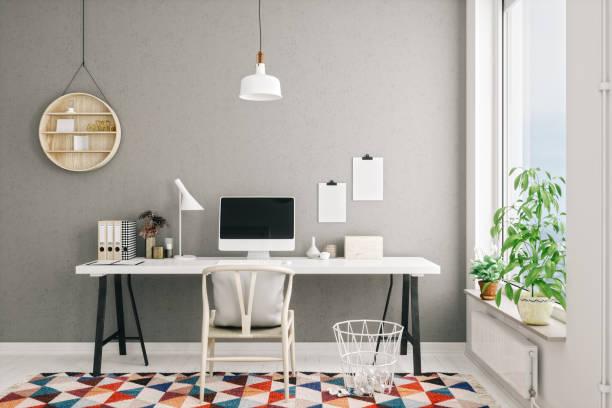Introduction
The design of office tables has come a long way from the mundane, purely functional pieces of furniture they once were. Today, office table design is a fusion of aesthetics and functionality, catering to the ever-evolving needs and preferences of the modern workforce. In this article, we will delve into the evolution of office table design, exploring the various factors that have shaped these essential pieces of office furniture.
The Historical Context
To appreciate the evolution of office table design, we must first understand its historical context. Offices, as we know them today, have evolved significantly over the centuries. In the early days, clerks and administrators often worked at rudimentary tables, little more than planks of wood supported by trestles. These tables were functional but lacked the design elements we associate with contemporary office furniture.
The Industrial Revolution in the 18th and 19th centuries brought about significant changes in office environments. The advent of mass production and the growth of the corporate sector created a need for more practical and standardized office furniture, including desks and tables. These early office tables were typically large, heavy, and utilitarian in design, reflecting the prevailing industrial aesthetic of the time.
The Birth of Ergonomics
As the 20th century dawned, the focus on employee well-being and productivity began to shape office table design. Ergonomics, the science of designing products to maximize human well-being and performance, became a driving force in furniture design. This shift in focus led to the development of office tables that were not only functional but also comfortable and supportive.
The introduction of adjustable height desks was a significant milestone in office table design. These desks allowed users to customize their workspace to their individual needs, promoting better posture and reducing the risk of ergonomic-related health issues. The adoption of ergonomic principles in office table design marked a departure from the one-size-fits-all approach of the past.
Materials and Sustainability
Advancements in materials science have also played a crucial role in the evolution of office table design. Traditional wooden desks gave way to a broader range of materials, including metal, glass, and plastic. These materials offered designers greater flexibility in terms of aesthetics and functionality.
Moreover, the increasing focus on sustainability has influenced the choice of materials in office table design. Many companies now prioritize using eco-friendly materials and production processes, catering to the growing demand for environmentally responsible furniture. This trend has led to the creation of office tables made from recycled and sustainable materials, appealing to environmentally conscious consumers.
Form Meets Function
One of the most significant shifts in office table design has been the integration of form and function. Modern office tables are not just utilitarian pieces of furniture; they are also statement pieces that contribute to the overall ambiance of the workspace.
Sleek, minimalist designs have gained popularity in recent years, reflecting the contemporary preference for clean lines and open spaces. These designs often feature slim profiles, hidden cable management systems, and integrated storage solutions. The emphasis is on creating a clutter-free, visually appealing workspace that promotes productivity and creativity.
Collaboration and Flexibility
Another key factor influencing office table design is the changing nature of work itself. With the rise of remote and flexible work arrangements, there is a growing need for office furniture that supports collaboration and adaptability. As a result, many office tables now come with modular components that can be rearranged to accommodate different group sizes and tasks.
Additionally, the integration of technology has become a central consideration in office table design. Tables now often feature built-in power outlets, USB ports, and wireless charging capabilities, allowing employees to stay connected and productive throughout the workday.
Personalization and Customization
One of the most exciting trends in office table design is the emphasis on personalization and customization. Many companies recognize that every workspace is unique, and employees have different preferences and needs. To cater to this diversity, office furniture manufacturers now offer a range of customizable options, allowing users to choose everything from the shape and size of the table to the color and finish.
Personalized office tables not only enhance comfort but also contribute to a sense of ownership and identity within the workspace. Employees can create a workspace that aligns with their personality and work style, which can lead to increased job satisfaction and productivity.
Conclusion
The evolution of office table design reflects not only changes in technology but also shifts in workplace culture and the values of contemporary society. From functional and utilitarian pieces of furniture to customizable, ergonomic, and aesthetically pleasing workstations, office tables have come a long way. As we move forward, we can expect these trends to continue to shape the design of office tables, creating workspaces that are not only functional but also conducive to employee well-being and productivity. Office table design will remain at the intersection of form and function, adapting to the evolving needs and preferences of the modern workforce.
